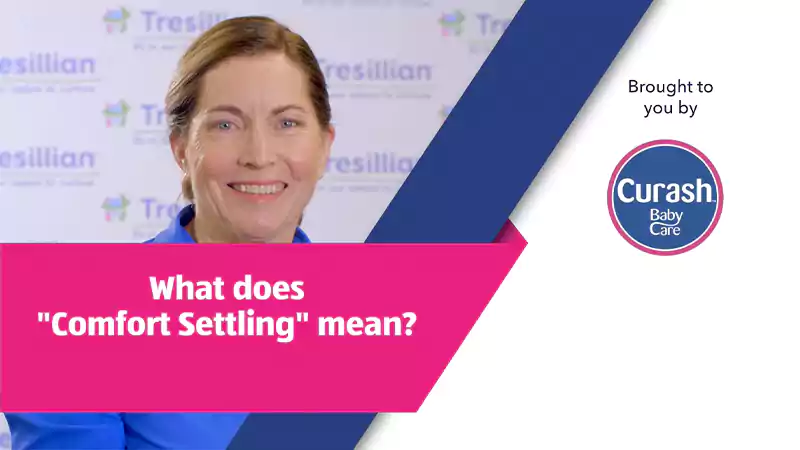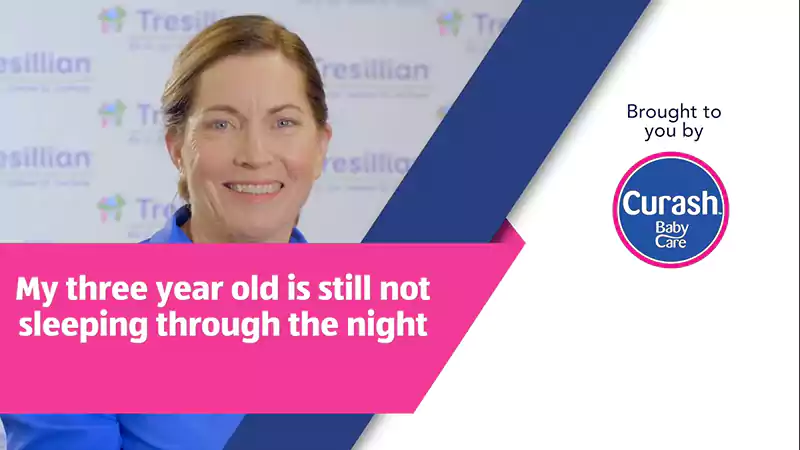A fresh approach to shopping.

Hi, Guest Welcome.

Hi, Guest Welcome.
A fresh approach to shopping.

The Curash™ 100% Quality Guarantee
Curash™ is proud of the baby care range,
and that’s why everything the makers of Curash
produce comes with a 100% quality guarantee.
To Curash™, a happy baby means happy parents
For the love of your baby’s skin
Have you ever seen or felt anything more amazing than baby’s skin? It’s so soft and perfect. That’s why the makers of Curash™ Babycare (one of Australia’s best-known baby care brands) have developed an expert range of products to help cleanse, soothe, heal and protect baby’s delicate skin from head to toe.
Caring for your baby
Every baby needs love and care. The makers of Curash™ work with a range of healthcare professionals to ensure that all of the Curash baby products meet the highest standards.
Skin protection for babies and toddlers
Curash™ aim to provide parents and carers with a complete range of gentle and safe products to help protect babies and toddlers from nappy rash and maintain healthy skin. The makers of Curash™ are constantly developing innovative new products.
Sorbolene Cream

Curash™ Babycare Moisturising Soap Free Bath is a gentle formula enriched with vitamin E and aloe vera to keep the baby’s skin soft and smooth without drying or irritation.
Our Moisturising Soap Free Bath is specially formulated to be gentle on your little one’s skin and is:
Moisturising – helps maintain natural moisture in your baby’s skin. Gentle formula – keeps your baby’s skin soft and smooth. Multipurpose – suitable to use on baby’s hair and body. Pump action – pump with one hand, so you always have a free hand to keep hold of your little one. Family-friendly – can be used by the whole family.
|
|
Curash Baby Care Shampoo & Conditioner 2 In 1
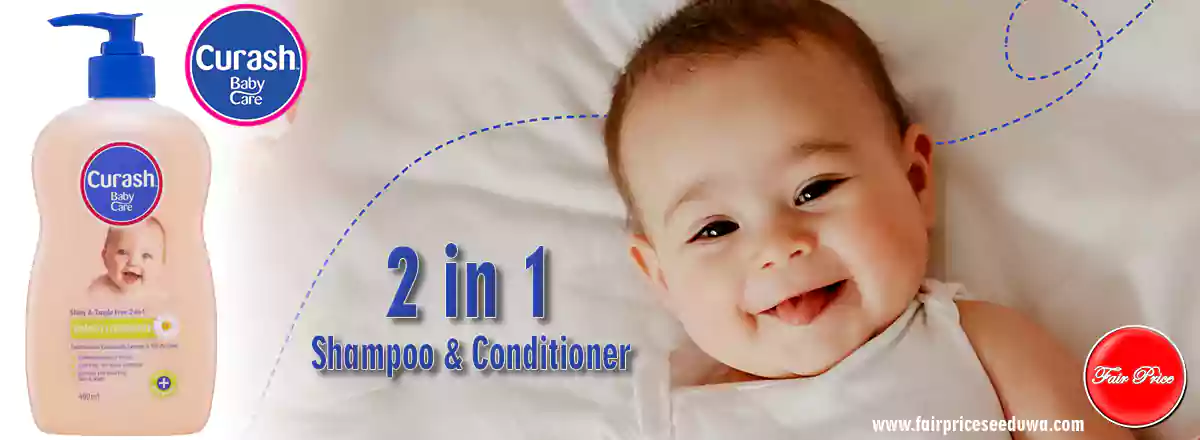
Curash™ Babycare 2 in 1 Shampoo and Conditioner contains chamomile extracts and special silk proteins for soft, shiny hair and a healthy scalp. It also has a ‘no tears’ formula that makes washing your little one’s hair a little less stressful.
Curash™ 2 in 1 Shampoo and Conditioner is specially formulated to be gentle on your little one’s hair and scalp and is:
Always read the label. Follow the directions for use. If symptoms persist, talk to your healthcare professional.
|
|
Simply Water Baby Wipes

Medicated Nappy Rash

Soothing Oatmeal Wash
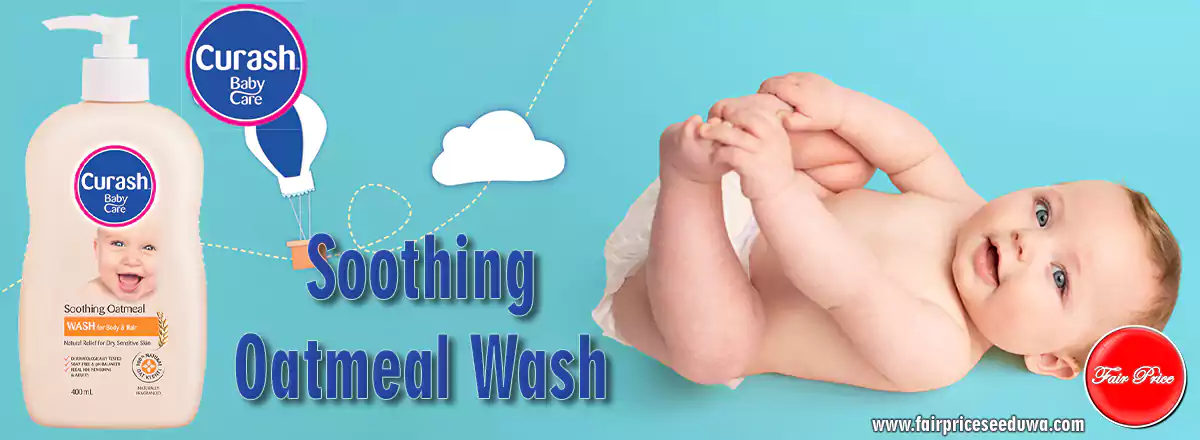
Curash™ Babycare Soothing Oatmeal Wash is made with 100% natural oat kernel and ginger root extract to soothe and cleanse your baby’s delicate skin. It’s paediatrician and dermatologist tested so you know it’s gentle and effective without harsh ingredients.
Curash™ Soothing Oatmeal Wash has been specifically formulated for even the most sensitive skin. It’s also free from:
|
All Products
Our Latest Advice For
Mums & Dads

THE LOW DOWN ON NAPPY RASH
Almost every baby at some stage throughout infancy will experience the common nappy rash, no matter how carefully you look after a baby’s bottom…

THE LOW DOWN ON
NAPPY RASH

Almost every baby at some stage throughout infancy will experience the common nappy rash, no matter how carefully you look after a baby’s bottom.
So what is nappy rash, how can you look out for it and what causes it?
Nappy rash is an inflammation of the skin in the nappy area that can be identified by its red and spotty nature, and may also include skin pustules. The skin is often raw and tender and can be extremely uncomfortable for a baby.
Nappy rash is caused by skin irritation and the breakdown of the skin barrier, which acts as the natural seal on top of the skin made up of protein and oil to keep moisture and skin intact and thwart off possible infection. Due to a baby’s super-sensitive skin, nappy rash is exacerbated by moisture contact from soiling. In other words, it’s not a hygiene problem, it’s simply your baby’s routine actions of weeing and pooing that can result in irritation!
It’s something that can appear all year round, but some parents may see it more during the warmer months. This is due to the baby soiling more frequently because of increased water intake.
What can you do to prevent and treat a nappy rash?
While the nappy rash is a common skin eruption, some handy tips to prevent it include:
• keeping moisture to a minimum: After bathing your baby, ensure the nappy area is dabbed dry.
• Knowing your nappies: Disposable nappies are much more absorbent than cloth nappies. If using disposable nappies, they can be changed every 4-5 hours or when soiled. Cloth nappies, on the other hand, need to be changed more frequently, every 1-2 hours. During summer, when your baby has more fluids, remember to change nappies more regularly.
• Nappy-free time: When possible, aim for nappy-free time 30 minutes at a time, a few times a day. This gives your baby’s skin the chance to be free of any possible irritants.
• Gently dabbing to clean your baby’s skin: Do not rub your baby’s skin as it can cause friction and further irritation. Always dab lightly to clean or dry your baby’s skin.
No matter how diligent you are with your baby’s skin, nappy rashes can still occur. The good news is that mild nappy rashes can often go away by using a cream or spray that targets the issue. If the nappy rash is more severe, antibiotics, anti-yeast or topical steroids may be used. In the case of severe nappy rash, use a damp cloth to clean babies instead.
To prevent and treat nappy rash, use topical treatments that contain the ingredient Zinc Oxide. Zinc Oxide is the most active ingredient that helps to soothe and relieve skin inflammation/reduce skin irritation.
When treating nappy rash, apply a thick layer of a cream containing Zinc Oxide at every nappy change. Be sure to be gentle when applying the cream to your baby’s skin.
A Zinc Oxide spray can be used for ease of convenience when traveling with your baby. It is also ideal for minimizing the risk of hygiene issues as there is no risk of contamination if there are multiple babies using the spray. To treat the affected area, apply 1-2 spritzes.
The Curash team recommends the Curash Medicated Nappy Rash Cream and Medicated Nappy Rash Spray.
When to seek medical advice?
Beware of the nappy rash if you notice that it spreads quickly across your baby’s skin as it can usually a sign of an infection. If your baby’s nappy rash persists and does not improve within a few days, always seek professional medical advice.
Always read the label. Follow directions for use. If symptoms persist, talk to your health professional.

BABY SKINCARE 101
Your baby’s skin is delicate; it’s more sensitive and fragile than adult skin and has few defences against harsh elements while it is still in its development stage….

BABY SKINCARE 101

Your baby’s skin is delicate; it’s more sensitive and fragile than adult skin and has few defences against harsh elements while it is still in its development stage. Premature babies and babies less than 4 weeks old have particularly sensitive skin as they haven’t yet formed a completely functioning skin barrier.
Here are some handy tips to help you properly care for and nourish your baby’s skin.
What are the most common skin conditions your baby can experience?
Dry skin: Babies are prone to skin dryness and the first signs are usually rough skin and scaling skin. Dry skin may appear to be dry and cracked and may flake off.
Eczema: Eczema or atopic dermatitis is an inflammatory skin condition and includes symptoms of dry skin. The skin will also appear to be spotty or patchy and will also emulate the appearance of a red rash. If you see signs of eczema, make sure that you use a suitable moisturiser on your baby – you may need to change moisturisers depending on the season. Avoid overheating, such as too many layers of clothing or using a thick doona, as it can irritate the skin and worsen eczema conditions.
Heat rash: Heat rash is a skin condition usually experienced in the hotter months where the sweat glands get blocked and trap sweat beneath the skin. It is identified by little, red spots, but can also present green pustules or white spots and may also be itchy. In mild cases, heat rash can be resolved on its own with moisture reduction, but in more severe cases, it may need to be treated using topical steroids to reduce inflammation and itchiness. Similarly to babies with eczema, it is recommended to change moisturisers depending on the season and what suits your baby’s skin. It’s also recommended to dress your baby appropriately for the weather to prevent clogging of the sweat glands.
Nappy rash: Nappy rash is an inflammation of the skin in the nappy area that can be identified by its red and spotty nature, and may also include skin pustules. The skin is often raw and tender and can be extremely uncomfortable for a baby. Use zinc oxide barrier creams to help protect your baby from nappy rash.
Sunburn: Sunburnt skin will look red and, in serious cases, the skin may blister. Research has shown that UV exposure in infanthood and childhood poses a greater risk in adult life. Sunburn can also be particularly painful for a baby so it’s important to protect a baby’s skin with protective clothing and wide brim hats. In areas that can’t be covered by hats or clothing, such as the hands and feet, sunscreen should be used.
It is advised that sunscreen should be used on babies who are at least 6 months old, however, sunscreen may be applied to small areas such as the hands and feet for babies under the age of 6 months.
Does a baby need a bathing and skincare regime?
Absolutely! It doesn’t have to be an overly complex regime, but since a baby’s skin hasn’t formed its fully functioning skin barrier yet, it can’t produce the necessary oils and proteins to help nourish the skin, making it prone to moisture loss and skin irritation.
When bathing your baby, use warm or tepid water (usually around 35-38°C). You can use your elbow to test the water and it should feel comfortable but not hot. Always dab a small amount of water onto your baby’s chest before you immerse them into bath water. Opt for soap-free bath products when cleaning your baby’s skin as products containing soap can often irritate the skin.
It’s also important to moisturise your baby’s skin regularly to help treat the skin as it develops. Look for moisturisers and creams that are paraffin-based and contain glycerin, which will help draw water into the skin and help prevent dryness and irritation. Moisturise your baby’s skin after applying a zinc oxide product in the nappy area.
You may need to change your moisturiser depending on the season. Look for a thick moisturiser to use in winter and a lighter lotion in summer to prevent problems with heat rashes and blocked pores.
What are the ingredients to look out for in baby products?
Fragrance free and hypoallergenic products are excellent to invest in as they have been formulated with gentle ingredients and have been carefully tested to minimise allergens. They are particularly great for babies who have especially sensitive skin.
When looking for moisturisers, look for enriching and nourishing ingredients such as paraffin and glycerin. These ingredients are particularly useful as they help draw water back into the skin to prevent dryness and irritation.
To prevent or treat nappy rash, opt for products containing zinc oxide. This ingredient has been shown to be very effective in soothing and repairing the skin barrier seal and, more importantly, it’s safe to use!
When to seek medical advice?
If you’re uncertain about your baby’s skin condition, always seek professional advice.
Dermatologists are available for skin assessments and product advice for baby skin.
The Curash team recommend the Curash Sorbolene Cream, Curash Moisturising Soap Free Bath, Curash Fragrance Free Wipes, and Curash Simply Water Baby Wipes.

10 TIPS FOR TRAVELING WITH BABIES
Travelling with your little one can be lots of fun and the making of many great memories. But the
key to a happy holiday is: be prepared…

10 TIPS FOR
TRAVELLING WITH BABIES

Travelling with your little one can be lots of fun and the making of many great memories. But the key to a happy holiday is: be prepared. Whether you’re flying long-haul, short haul or just taking a road trip, here are some tips to ensure your break is hassle-free and enjoyable for all.
1. Before you go, make lists of what you need to buy and pack for baby and you. It will help limit stress, keep you organised, and ensure you don’t forget anything.
2. When packing baby’s bag, use packing cells or compartments to sort items into sections so you don’t have to dig through piles of clothes to find what you need if you’re in a hotel, on a plane or in a car and need something in a rush.
3. Pack an easily portable nappy change wallet or toiletry bag with wipes, nappies, change mat, nappy rash cream and moisturiser so you don’t have to take a bulky bag with you to a tiny airplane, train or roadside bathroom. Curash Fragrance Free Travel Wipes are mini sized so will fit perfectly & nappy rash spray.
4. To save space, pack nappies in vacuum bags. Genius! Ensure you have enough if you can’t buy some immediately at your destination.
5. When it comes to clothes for bub, think layers – air-conditioned planes and airports can get unexpectedly chilly and you might be travelling to a different climate. Make sure you have plenty of onesies and sets of everything in case of accidents. Remember extra nappy sacks for wet or dirty clothes.
6. Don’t forget extra clothes for yourself! If you’re going on a plane, pack a spare set of clothes for yourself in hand luggage in case you get vomited on or a little person spills their drink on you. Pack an extra pack of wipes for yourself, too.
7. Snacks, snacks and more snacks! An insulated bag with an ice pack to keep snacks cold is useful (check with the airport regulations if they’ll allow this while flying – a frozen yoghurt pouch or popper can also work). Pack a variety of nutritious snacks that will limit mess – bananas, blueberries, fruit puree – whatever suits the stage of feeding your baby is up to. The usual restriction that apply to taking liquids on flights does not usually apply to baby food. Always allow for unexpected delays, traffic jams etc – you don’t want to run out of snacks! Pack bibs and extra wipes in the lunch bag for messy hands and faces.
8. Take comforting toys from home. Don’t forget teddy, a favourite blanket, favourite books… whatever your little one finds comfort in. But also pack some new things that will surprise and keep them entertained. If they’re old enough, you can even wrap little toys or trinkets up individually and give them mini ‘presents’ that they can take time to unwrap.
9. Pack travel-size antibacterial gel and wipes for wiping down surfaces or toilets before using them to limit the change of picking up germs.
10. Try to relax! While it’s helpful to plan an itinerary that won’t disrupt your baby’s routine too much, in reality, it’s going to be difficult to stick to the exact same schedule you have at home. If they’re not sleeping, try not to stress too much and just go with the flow. Most people are sympathetic and helpful to people travelling with small children – don’t be afraid to ask for help if you need it.

10 THINGS TO BUY FOR YOUR BABY’S NURSERY
Planning for a new baby is such an exciting time, but it can also be quite overwhelming. It may seem like there are millions of things to buy, and as all the costs…

10 THINGS TO BUY
FOR YOUR BABY’S NURSERY

Travelling with your little one can be lots of fun and the making of many great memories. But the key to a happy holiday is: be prepared. Whether you’re flying long-haul, short haul or just taking a road trip, here are some tips to ensure your break is hassle-free and enjoyable for all.
1. Before you go, make lists of what you need to buy and pack for baby and you. It will help limit stress, keep you organised, and ensure you don’t forget anything.
2. When packing baby’s bag, use packing cells or compartments to sort items into sections so you don’t have to dig through piles of clothes to find what you need if you’re in a hotel, on a plane or in a car and need something in a rush.
3. Pack an easily portable nappy change wallet or toiletry bag with wipes, nappies, change mat, nappy rash cream and moisturiser so you don’t have to take a bulky bag with you to a tiny airplane, train or roadside bathroom. Curash Fragrance Free Travel Wipes are mini sized so will fit perfectly & nappy rash spray.
4. To save space, pack nappies in vacuum bags. Genius! Ensure you have enough if you can’t buy some immediately at your destination.
5. When it comes to clothes for bub, think layers – air-conditioned planes and airports can get unexpectedly chilly and you might be travelling to a different climate. Make sure you have plenty of onesies and sets of everything in case of accidents. Remember extra nappy sacks for wet or dirty clothes.
6. Don’t forget extra clothes for yourself! If you’re going on a plane, pack a spare set of clothes for yourself in hand luggage in case you get vomited on or a little person spills their drink on you. Pack an extra pack of wipes for yourself, too.
7. Snacks, snacks and more snacks! An insulated bag with an ice pack to keep snacks cold is useful (check with the airport regulations if they’ll allow this while flying – a frozen yoghurt pouch or popper can also work). Pack a variety of nutritious snacks that will limit mess – bananas, blueberries, fruit puree – whatever suits the stage of feeding your baby is up to. The usual restriction that apply to taking liquids on flights does not usually apply to baby food. Always allow for unexpected delays, traffic jams etc – you don’t want to run out of snacks! Pack bibs and extra wipes in the lunch bag for messy hands and faces.
8. Take comforting toys from home. Don’t forget teddy, a favourite blanket, favourite books… whatever your little one finds comfort in. But also pack some new things that will surprise and keep them entertained. If they’re old enough, you can even wrap little toys or trinkets up individually and give them mini ‘presents’ that they can take time to unwrap.
9. Pack travel-size antibacterial gel and wipes for wiping down surfaces or toilets before using them to limit the change of picking up germs.
10. Try to relax! While it’s helpful to plan an itinerary that won’t disrupt your baby’s routine too much, in reality, it’s going to be difficult to stick to the exact same schedule you have at home. If they’re not sleeping, try not to stress too much and just go with the flow. Most people are sympathetic and helpful to people travelling with small children – don’t be afraid to ask for help if you need it.
Videos
Tresillian Responsive Settling 0 -12 Months
Videos
Tresillian Responsive Settling 0 -12 Months

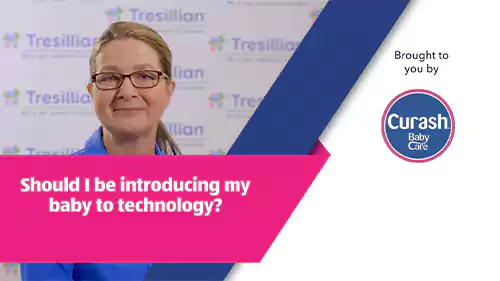



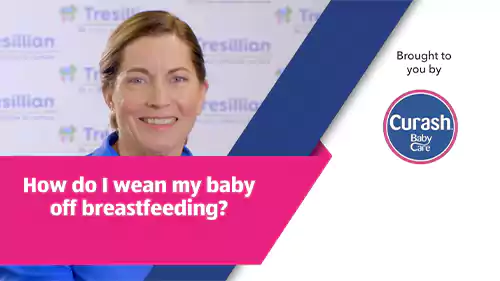
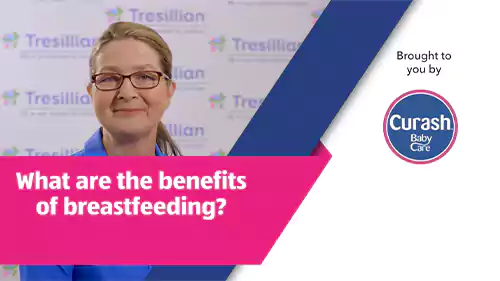


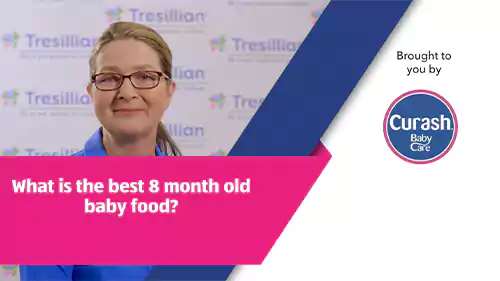
Videos
Responsive Settling 12 Months - Toddlers
Videos
Responsive Settling 12 Months - Toddlers

